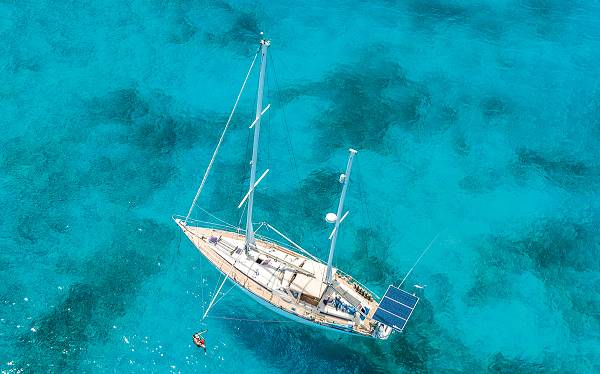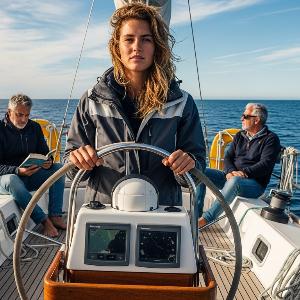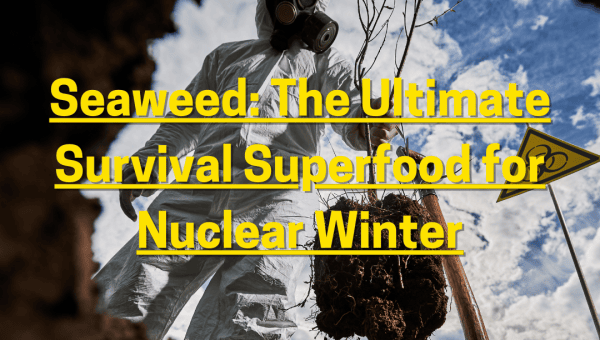Self-sufficiency is a goal of many liveaboard cruisers who sail the world’s oceans, generating their own water and power, writes Erin Carey
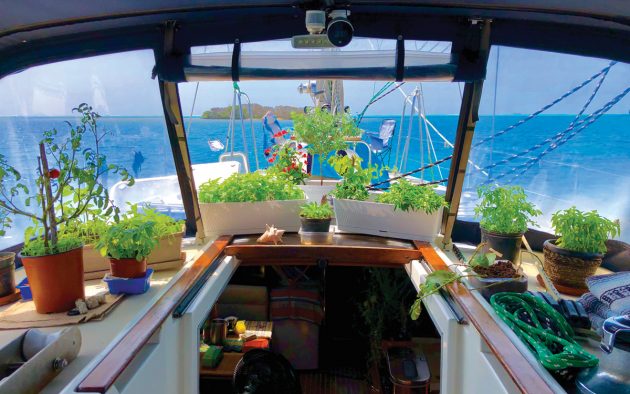
With limited space and the obvious challenges of salt, wind and motion, many would never entertain the idea of growing their own produce. Yet it can be possible: we spoke to cruisers who are successful gardeners to learn more about the possibilities of growing fresh herbs and vegetables on a yacht.
Scurvy, the illness that historically dogged seafarers, is caused by a lack of Vitamin C, traditionally associated with long passages at sea without fruit or veg. Thankfully scurvy is not something most sailors need to worry about these days, however, fresh greens still only last a few days in most boat refrigerators, often suffering bruising from the movement.
But with a garden on board, no matter how small, pasta with fresh basil or a crunchy salad is no longer limited to shore bought provisions. Many herbs are also known to have health benefits, being rich in vitamins and anti-inflammatory properties.
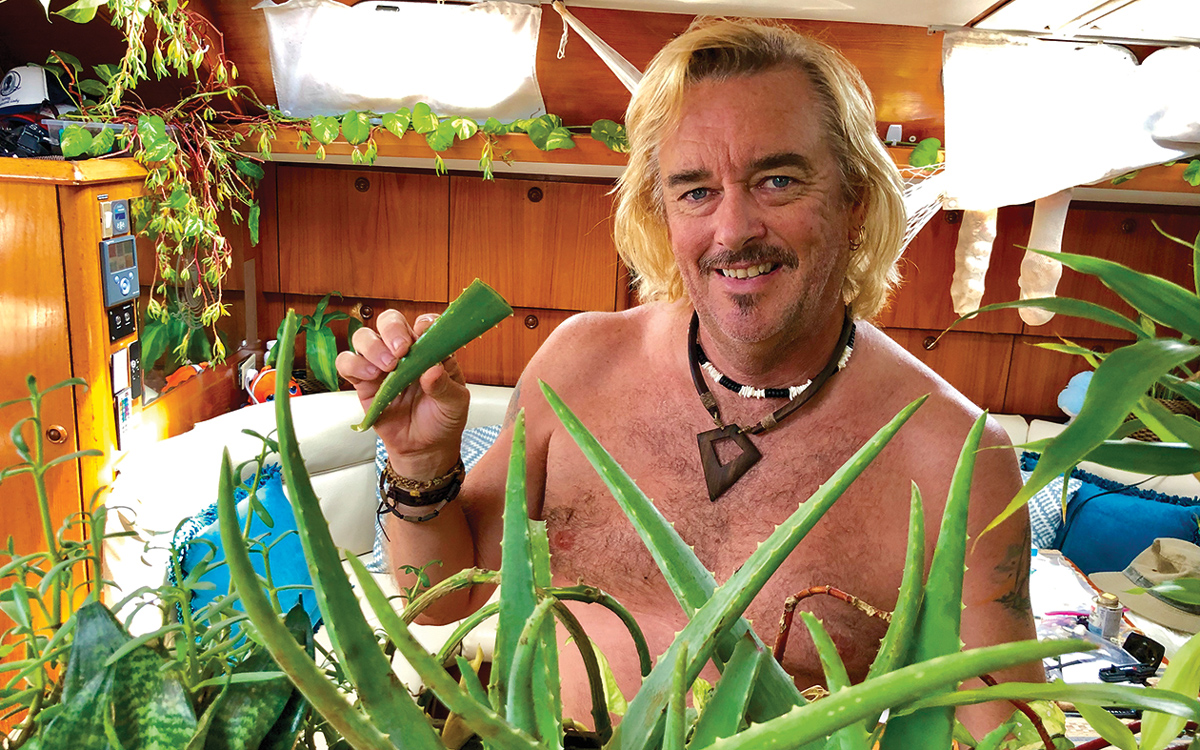
Rick Moore grows aloe vera, herbs and veg aboard Sophisticated Lady
With plans to sail across the Pacific Ocean, long-time cruiser Rick Moore, and his first mate Maddie, a chef, decided that an onboard garden was a necessity for their Jeanneau 52 Sophisticated Lady.
“Recent times have highlighted the importance of self-sufficiency on a yacht, not only in terms of power and water but in every form: energy, food and health,” explains Rick. “The choice to start constructing a small organic vegetable garden seemed, to us, the most sensible decision for our boat.”
Get started
Growing a garden on a boat does require some planning and dedication, with challenges that are unique to life afloat. “In the initial stages, the seedlings have to be protected as much as possible from seawater. For that reason, we try to grow shade-loving plants like aloe, oregano, chives, tomatoes, chillies and mint, under the dodger, where they’ll be protected from the elements, sea spray and have less sun exposure”, explains Moore.
Your location will also determine what will thrive and what will perish, and this requires a bit of trial and error. Sending a few plants to their watery grave, especially in the early days, will be common. Living on a boat requires patience, and gardening on a boat is no different; it takes time. However, according to Moore, your dedication will see you reap the rewards after a few short months.
He recommends starting with cheap seedlings from the local market or seeds from the supermarket. “They’re cheap and perfect to start experimenting. You can even grow the seeds in the trays that meat comes in, and transplant them once they have sprouted,” he added.
“By using rectangular pots with a low centre of gravity and less soil than you would usually, it will make the pot less likely to topple over and create less of a mess if it does. Also consider choosing plants that are happy to share a pot, such as thyme, oregano and rosemary, which all prefer very well-drained soil, or mint, coriander and lemon balm, which prefer more moisture. This way you will maximise your space and increase variety.”
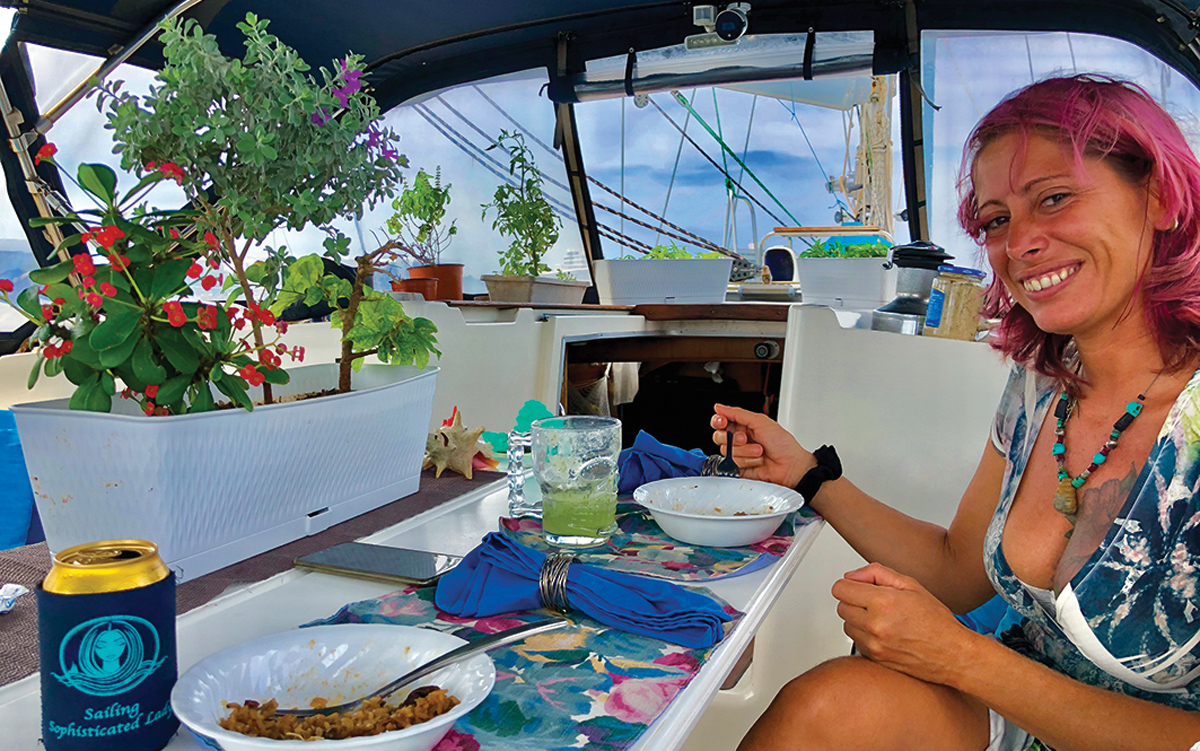
Adding home grown herbs to lunch on Sophisticated Lady
Long rectangle planter boxes are often ideal, especially if fitted neatly under the dodger. While some plants need well-drained soil, Moore tends to use pots that don’t have holes in the bottom of them, or fills them with disposable fibre, simply because saucers of muddy water on a moving boat are not something you want to deal with.
If your plants do take on sea spray, rinsing with a freshwater spray bottle can help rejuvenate them after a long passage. It’s also important to train your plants, which means clipping them to encourage a lower but wider growth pattern. Tall, top-heavy plants will be less likely to remain upright.
Of course, the biggest difficulties arise when you decide to go sailing, especially if living on a monohull at a 45° angle. “One solution we’ve found is to wrap the pots in aluminium foil, leaving only the plants exposed. This not only contains the soil, but it also contains moisture and prevents the soil from drying out,” said Moore.
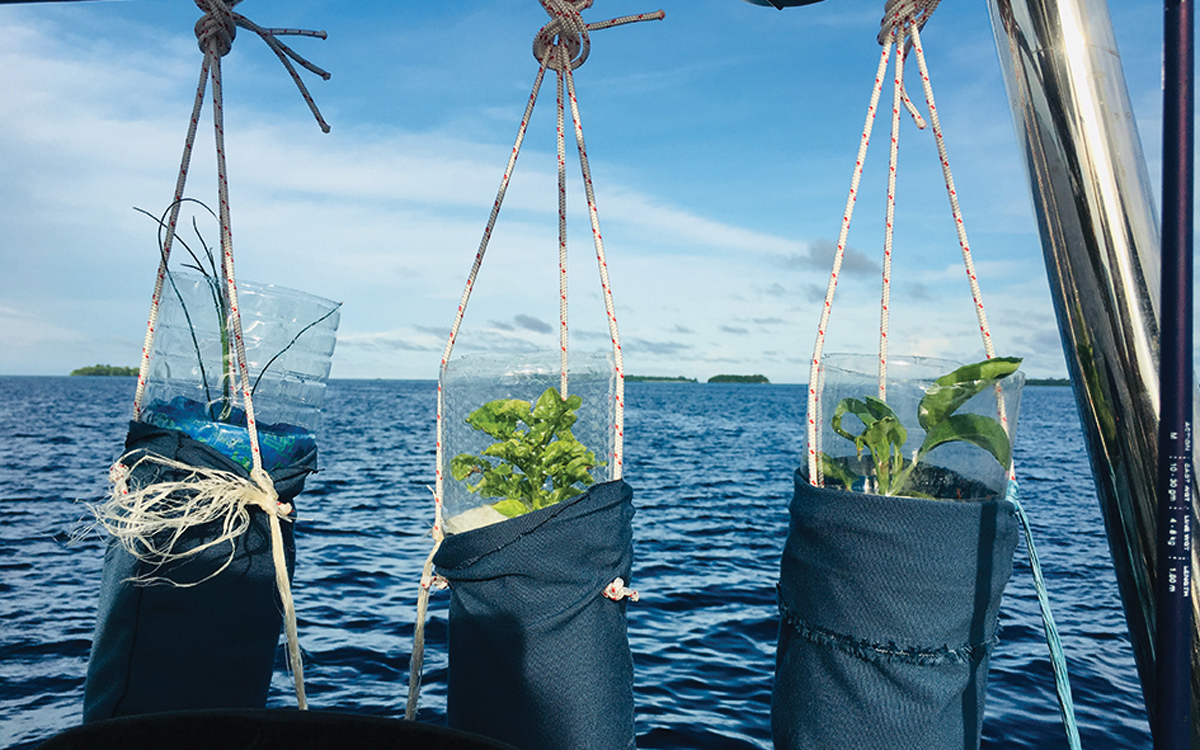
Hanging growing pots – these are repurposed drinking water bottles – won’t fall over when the yacht heels. Photo: Clearwater Sally
“Another option is to store the pots in wooden crates that can be stored somewhere secure down below. When you’ve encountered an unexpected squall or rough seas, the last thing you need to be dealing with is a soil covered saloon,” he added. Other solutions to secure your plants while underway include bungee cords, blu-tac, or heavy-duty Velcro, depending on the size of the pot.
Fed and watered
All of Rick and Maddie’s plants are fertilised with homemade compost, created with the organic waste from food scraps such as vegetable peelings, coffee and tea remnants, eggshells and prunings. They also treat their garden with natural insecticides, so as not to contaminate their foods with chemicals.
The irrigation system is provided directly from seawater, desalinated on board. While watermaker water is generally fine to use, it is recommended that you test with a small pH kit (similar to that used to test swimming pools) to ensure the right acidity for your plants. That may mean adding a small dose of white vinegar to balance the acidity. Another option is to collect rainwater, which is often easy enough to do by capturing the runoff from areas such as the bimini and solar panels.

Hydroponic gardening aboard Chasing Eden proved fast and productive
If you’re in a remote area and buying soil from the supermarket is not an option, you can often ask locals for some rich soil from their gardens. Most people will be happy to oblige, but remember that you do not want to introduce a population of new critters to your boat. If feasible, one solution is to freeze the soil for a few days to kill off any bugs.
Gardening on a boat can be an enjoyable hobby that is challenging yet rewarding. According to Moore, the simplest and fastest plants to grow were basil, oregano and chilli peppers. But he also grows a number of flowering shrubs and tropical plants, as well as aloe vera, which can be used to treat sunburn and insect bites.
“I get a lot of enjoyment from my plants, so much so that I often give them names. They add a sense of calm to our home, are aesthetically pleasing and cleanse the air. They also give me a sense of purpose, and after they have travelled with me for many years, I feel like they become part of the family.”
Hydroponics
Kyle Brereton and Hayley Cook live on an Australian-built catamaran called Chasing Eden. Besides growing succulents and tropical evergreens on board, they have set up a hydroponics garden under the davits of their boat.
“What led us to the hydro system was that it was lightweight, clean, and yields a much quicker crop. For life on a boat, everything needs to be very adaptable and productive,” explains Brereton. “We initially tried our veggie patch in soil, but we ended up with tiny, shrivelled little plants which had taken up all of our aft deck space.”
The couple experimented with a hydroponics system and found it was easy to deliver the adequate nutrients straight to the plant, enabling them to grow healthy and strong much faster.

Photo: Chasing Eden
One issue was pollination. “We soon realised that there weren’t too many bees keen to visit our boat in the middle of the ocean,” Cook recalls. Gardening websites have tips on how to self-pollinate your plants using a small brush.
Sally McAdam of Clearwater Cruising also has a hydroponics system on her boat. “We’re using hydroponic nutrients to grow basil, kale, Chinese cabbage, chives and amaranth. This came about because it was very difficult to find good growing soil for pots (in our case coconuts) on sand atolls and in island communities.
“We’ve made hanging gardens out of plastic bottles that gimbal with our movements. They hang from the davits, but in big seas we take them down below.”
 About the author
About the author
Erin Carey and her family cruised the Caribbean for two years before sailing across the Atlantic aboard their Moody 47 Roam. Erin now runs Roam Generation PR working with sailors and adventurers.

